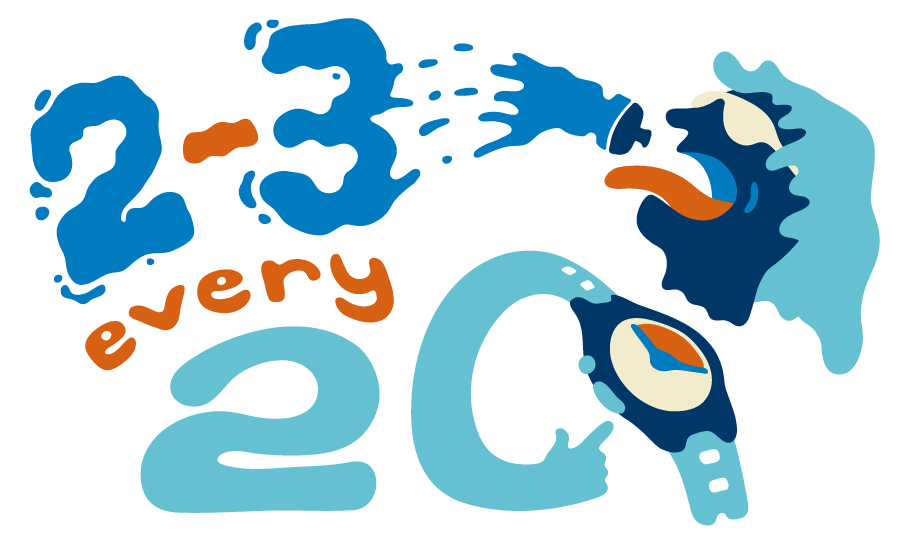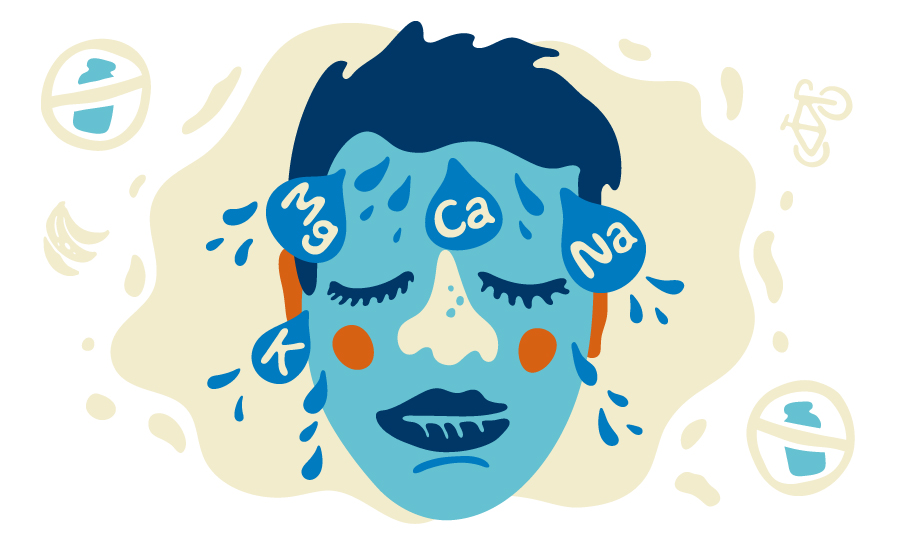How Much Water Do You Need on Tour?
For a touring cyclist, drinkable water is the most basic need, and it’s surprising to know how much you actually use while bike touring, whether it’s to drink, cook with, or for washing. It’s always better to have too much water than too little, even when you’d rather lighten your load.

How Much Water You’ll Drink
You’ll want to sip water throughout the day to avoid dehydration. For many cyclists, this means 2 or 3 big gulps every 20 minutes, or at least 3.5 liters of water every 5 hours.
Morning Rehydration
Always drink water first thing in the morning. After a full night of sleep, you’ve lost a significant amount of water through respiration and perspiration. Drinking 1 liter of water before you begin cycling will help you stay ahead of dehydration.
Water Purification
Many cyclists carry water purification systems with them, so they can drink water safely from “wild” sources: lakes and streams. There are many portable water purification systems available, including iodine-based tablets, pumps with built-in filters, and even ultraviolet wands.
If your route is solely on paved roads through relatively inhabited places, you may not need to carry a water purification system (although it’s still a good idea). If your tour is off-road or in the backcountry, a water purification technique is essential. Be sure to budget enough time each day to purify water and refill your containers. Pumping 6 liters of water can take a while!

Electrolytes
When we sweat, we lose electrolytes as well as water. These electrolytes (including sodium, potassium, calcium, magnesium, and chloride) need to be replenished to avoid muscle cramps and keep your body healthy. Replenishing electrolytes can be done through a balanced diet: nuts, oranges, avocados, beans, potatoes, bananas, and green vegetables are all sources of electrolytes.
There are also many different powdered electrolyte drink mixes on the market, but not all of them are particularly healthy. (There are plenty of “sports drinks” that are mostly processed sugar.) We recommend visiting your local bike shop to ask what other cyclists have found helpful, or you can talk to your doctor or personal trainer about which electrolyte mix is right for you.
Budgeting Water for Camping
Many campgrounds offer potable water but not all. So when you’re heading to your campsite, we recommend calling ahead or carrying extra water just in case.
How much? Most cyclists use about 3 liters per night while camping: 1 liter to drink while setting up camp and eating dinner, 1 liter for personal hygiene, and 1 liter for rehydrating the next morning. If you plan on cooking, you may need an additional liter for cooking and dishwashing.

